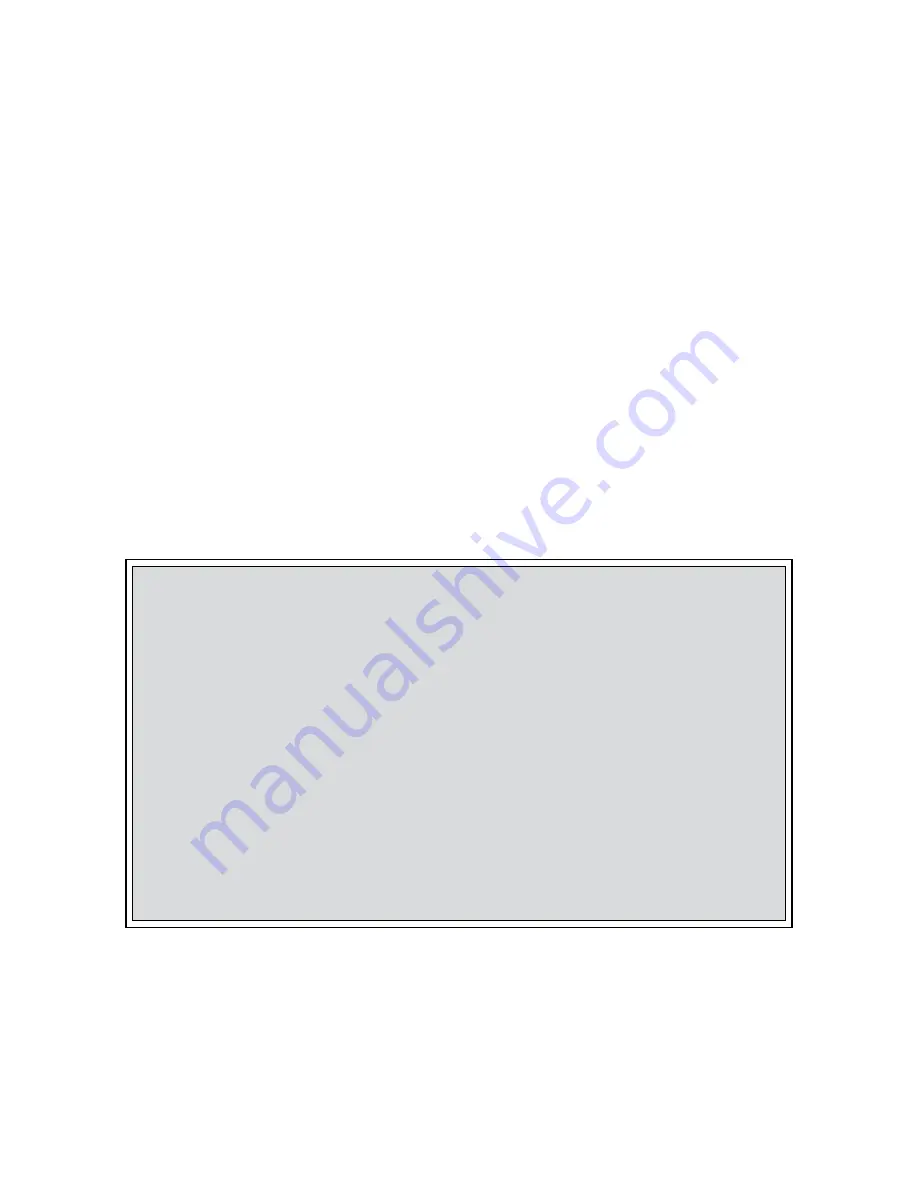
67
1.8 Connecting to a stainless steel insulated chimney system
If your installation involves taking the chimney straight up and through the ceiling, you must
comply with National, Local Building Regulations or flue manufacturers instructions concerning
clearances to combustible materials such as walls, floor joists and ceilings. The joint between
the stove flue collar and the stovepipe must also be sealed using the glass fibre rope provided.
It is important that the insulated flue system is properly supported both at ceiling level and
at roof level. THE STOVE MUST NOT BEAR THE WEIGHT OF THE CHIMNEY SYSTEM (See
chimney manufacturer’s instructions). Excessive weight on the stove will inhibit expansion and
could lead to damage of the stove top. Damage caused to the stove in this way would not be
covered by the manufacturers guarantee.
In the event that a chimney fire occurs resulting from faulty operation or prolonged use
of damp wood fuel, close the air vents completely and contact your local fire department
immediately.
Be aware of the following:
Cleaning procedure: Discuss this with chimney sweep or qualified installer prior to
or during the stove installation
Chimney draft: If the chimney draft is naturally poor it is better to install the flue from
the top of the stove so as to minimise any internal resistance of the flue gases.
Avoid having any more than 2 bends in the flue system and limit the length of the
offset between bends.
Fresh air supply
A wood-burning stove requires air for combustion and therefore you may need to
install additional ventilation to the room, especially so in well insulated houses. If
the air supply is inadequate the chimney draft may be too weak, with the possible
result that the stove will not burn properly; smoke spillage may also occur during
the refuelling process.
On a positive note, a properly installed wood-burner will give even the most efficient
houses a pleasant and natural ventilation.
1.7 Connecting the stove to a masonry chimney
A wall sleeve should be bricked securely into the wall of the chimney at the appropriate height
and the stovepipe inserted centrally. The pipe must not extend into the actual chimney opening,
but rather must reach only to the inside of the chimney aperture. The gap between the stovepipe
and sleeve must be sealed using glass fibre packing rope.
Only use stovepipe components that comply to National and Local Building Regulations.


































